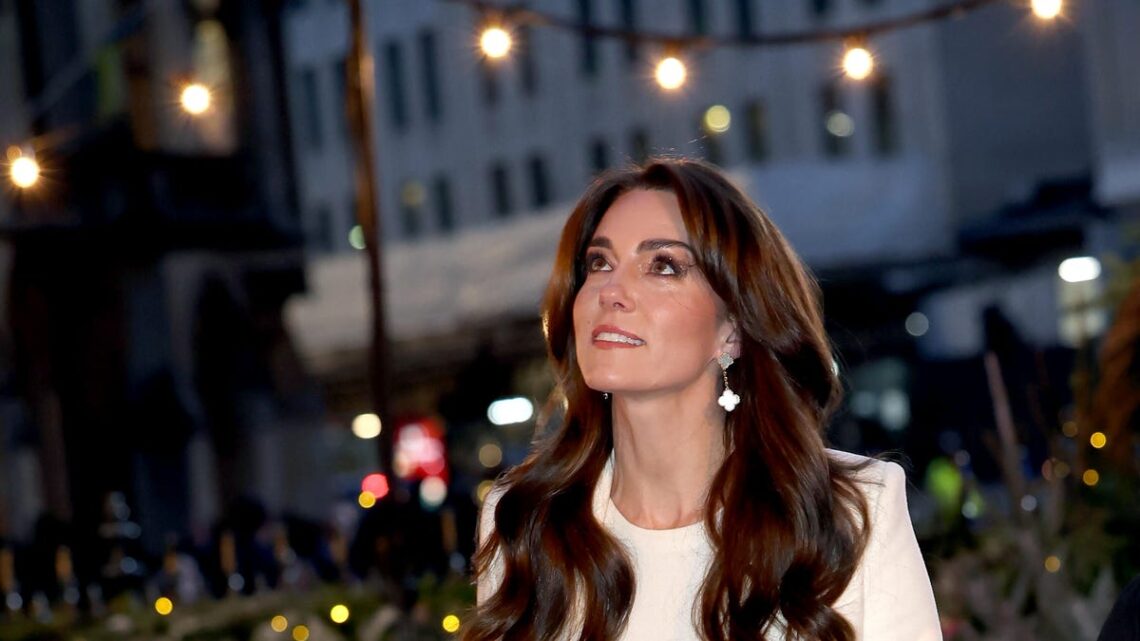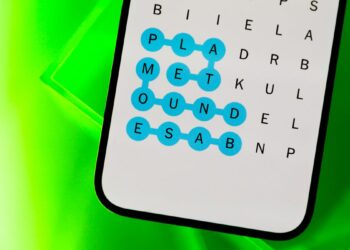When photo and data experts found that a seemingly benign Mother’s Day photo posted by the Prince and Princess of Wales earlier this month had been significantly manipulated, it set off an international debate engulfing the British royal family in waves of conspiracy theories about the princess.
Kate Middleton put a lid on those theories on Friday, when she announced a cancer diagnosis in a video message posted on Instagram. But the photo-editing debate has also served as an educational reminder of the metadata that’s hidden beneath all the photos and videos we see online.
Yes, the same data that powers helpful tricks, like searching “Washington, DC” in your photos app and getting all your snapshots from a recent vacation. Now it’s become a lifeline for journalists and online detectives trying to discern what’s real on the internet.
Image manipulation isn’t new, but its impact has accelerated with the power of social media. Regular people have access to ever-improving tools that use a mix of artificial intelligence and other technologies, and run on nearly anyone’s smartphone, tablet or computer. Companies are ramping up efforts to help us identify manipulated data, but there appears to be no easy answer for now.
Read more: How Close Is That Photo to the Truth? What to Know in the Age of AI
What does metadata have to do with Kate Middleton?
Sky News reported that the type of camera used to take at least some part of Middleton’s now-infamous photo was a Canon 5D Mark IV. The publication said it learned this based on the metadata in the photo itself. The news outlet also identified the shutter speed and other settings of the camera when the original image was snapped. Sky News could also tell the image had been snapped at the royal family’s home in Windsor.
Most telling in this scenario, Sky News was able to see that the image had been run through Adobe’s popular Photoshop software on a Mac computer at least twice.
TMZ was able to identify similar information when…
Read the full article here






